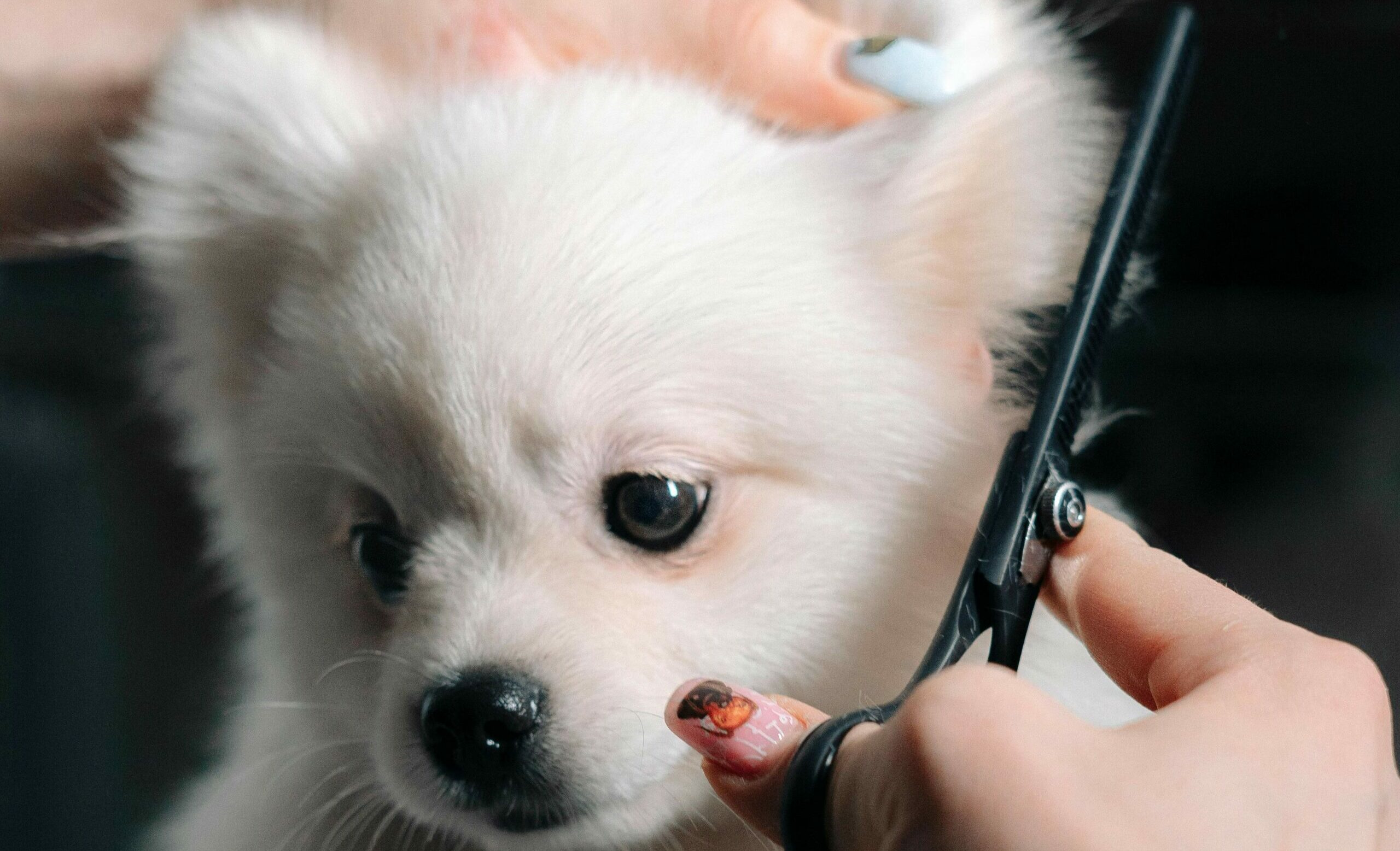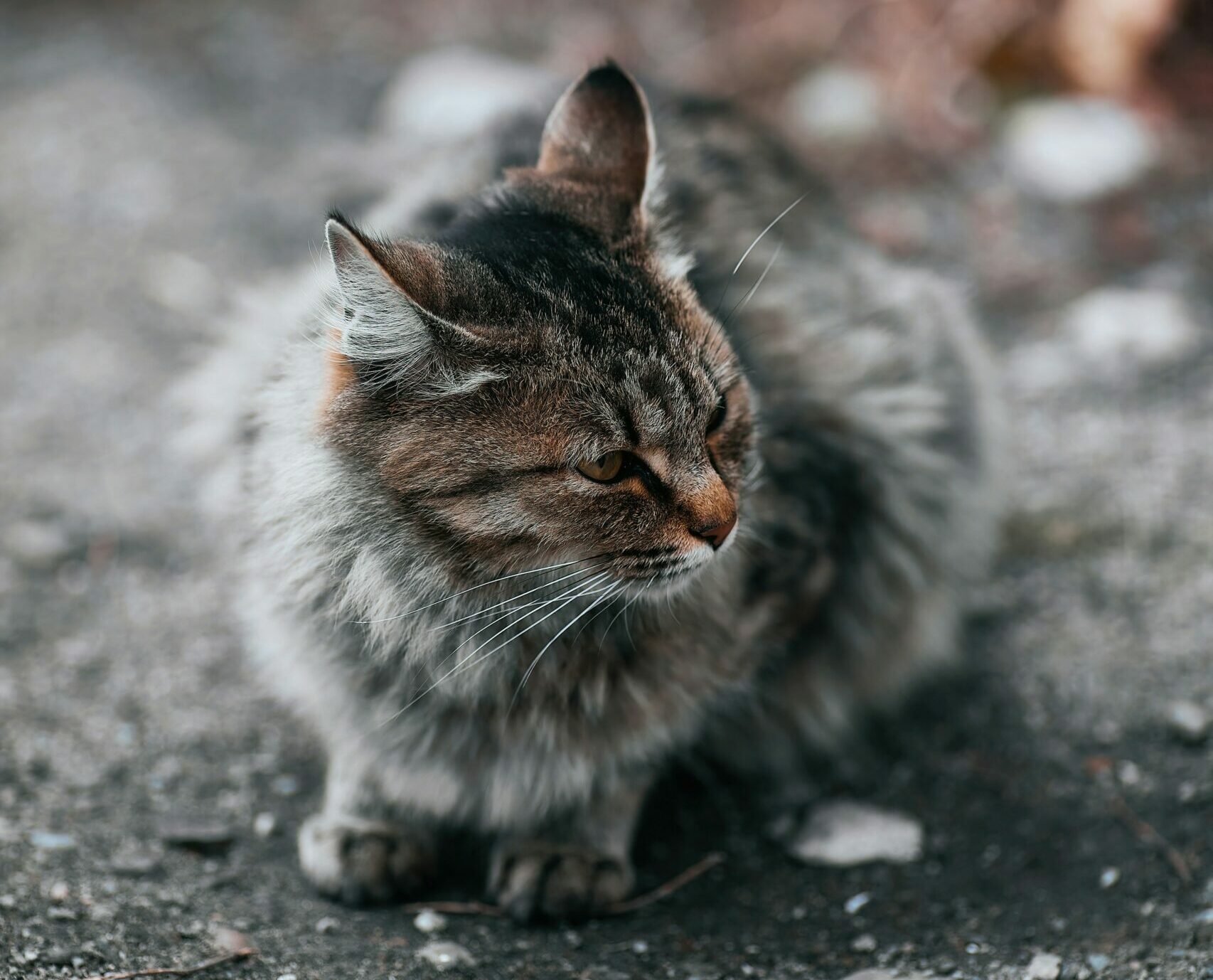
Pet grooming is more than just a luxury for our furry friends; it’s a crucial aspect of their overall health and well-being. Regular grooming can prevent various health issues, keep your pet comfortable, and improve their quality of life. In this blog, we’ll explore the benefits of pet grooming and provide tips on how to groom your pet effectively.
The Benefits of Regular Pet Grooming
Prevention of Parasites and Skin Issues Regular grooming, such as brushing and bathing, helps remove dirt, debris, and pests like fleas and ticks from your pet’s coat. Fleas and ticks can cause skin irritation and transmit diseases, while unkempt fur can lead to matting, which may cause skin infections. A well-groomed pet is less likely to suffer from these problems, ensuring they remain comfortable and healthy.
Maintaining a Healthy Skin and Coat Grooming distributes natural oils across your pet’s coat, keeping it shiny and healthy. It prevents matting, which can cause pain and skin infections. Regular brushing is particularly important for long-haired breeds like Shih Tzus and Persians, as it helps prevent tangles and keeps their coats in good condition.
Early Detection of Health Issues Regular grooming sessions allow pet owners to check for unusual lumps, bumps, or skin conditions that might indicate underlying health issues. Early detection means that you can address potential problems with your veterinarian before they become serious.
Nail Care and Mobility Long nails can cause discomfort, alter your pet’s gait, and even lead to infections. Regular nail trimming is essential for maintaining your pet’s comfort and preventing issues like ingrown nails or joint pain.
Ear Health Cleaning your pet’s ears regularly prevents wax build-up and infections, which are particularly common in breeds with floppy ears like Cocker Spaniels or Basset Hounds. Healthy ears mean fewer vet visits and a happier pet.
Reducing Shedding and Allergies Regular grooming can significantly reduce shedding, which is beneficial for your home’s cleanliness and for anyone in the household who may suffer from allergies. Brushing removes loose hair and dander, making the environment more comfortable for everyone.
Stress Reduction and Comfort Pets feel better when they are clean and comfortable. Regular grooming sessions can be a bonding experience between you and your pet, reducing stress and anxiety. Many pets enjoy the attention and routine, especially when grooming is done gently and patiently.
How to Groom Your Pet the Right Way
Choose the Right Tools Use appropriate brushes, combs, and clippers for your pet’s breed and coat type. For example, long-haired breeds require a slicker brush to remove tangles, while short-haired breeds may only need a bristle brush. Investing in quality tools makes the grooming process easier and more effective.
Start Slowly If your pet is new to grooming, start with short sessions to get them accustomed to the process. Use treats and positive reinforcement to create a pleasant experience. Gradually increase the grooming time as your pet becomes more comfortable.
Check for Health Issues While grooming, look for any unusual signs such as lumps, bumps, or skin irritation. If you notice anything unusual, consult your veterinarian promptly. Early detection is key to addressing potential health issues effectively.
Regular Brushing Brush your pet’s coat regularly to prevent matting and remove loose fur. This is especially important for long-haired breeds. Brushing also helps distribute natural oils, keeping the coat healthy and shiny.
Bathing Use pet-specific shampoos to avoid irritating your pet’s skin. The frequency of bathing depends on your pet’s breed, lifestyle, and skin condition. For most pets, a bath every 4-6 weeks is sufficient. Always use lukewarm water and thoroughly rinse out all shampoo to prevent skin irritation.
Nail Trimming Trim your pet’s nails regularly to prevent discomfort and joint issues. Use pet-specific nail clippers and be cautious not to cut too close to the quick, as this can cause pain and bleeding. If you’re unsure, ask your veterinarian or a professional groomer for a demonstration.
Ear and Teeth Cleaning Clean your pet’s ears with a vet-approved solution and check for any signs of infection, such as redness or a foul odor. Regularly brushing your pet’s teeth can prevent dental disease, which is common in many pets and can lead to more serious health problems.
Conclusion
Regular grooming is essential for maintaining your pet’s health, happiness, and overall well-being. By investing time and effort into proper grooming practices, you can ensure your furry friend stays comfortable and healthy. Whether you choose to groom your pet at home or use professional services, the key is consistency and attention to your pet’s specific needs. If you’re looking to purchase high-quality grooming products, check out our selection for cats and dogs to keep your pet looking and feeling their best.































